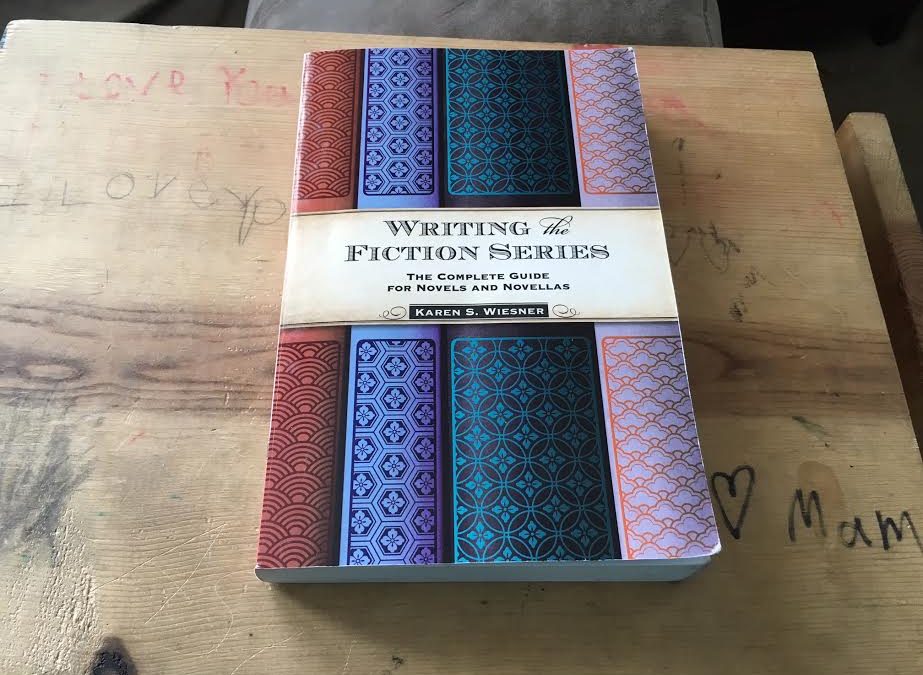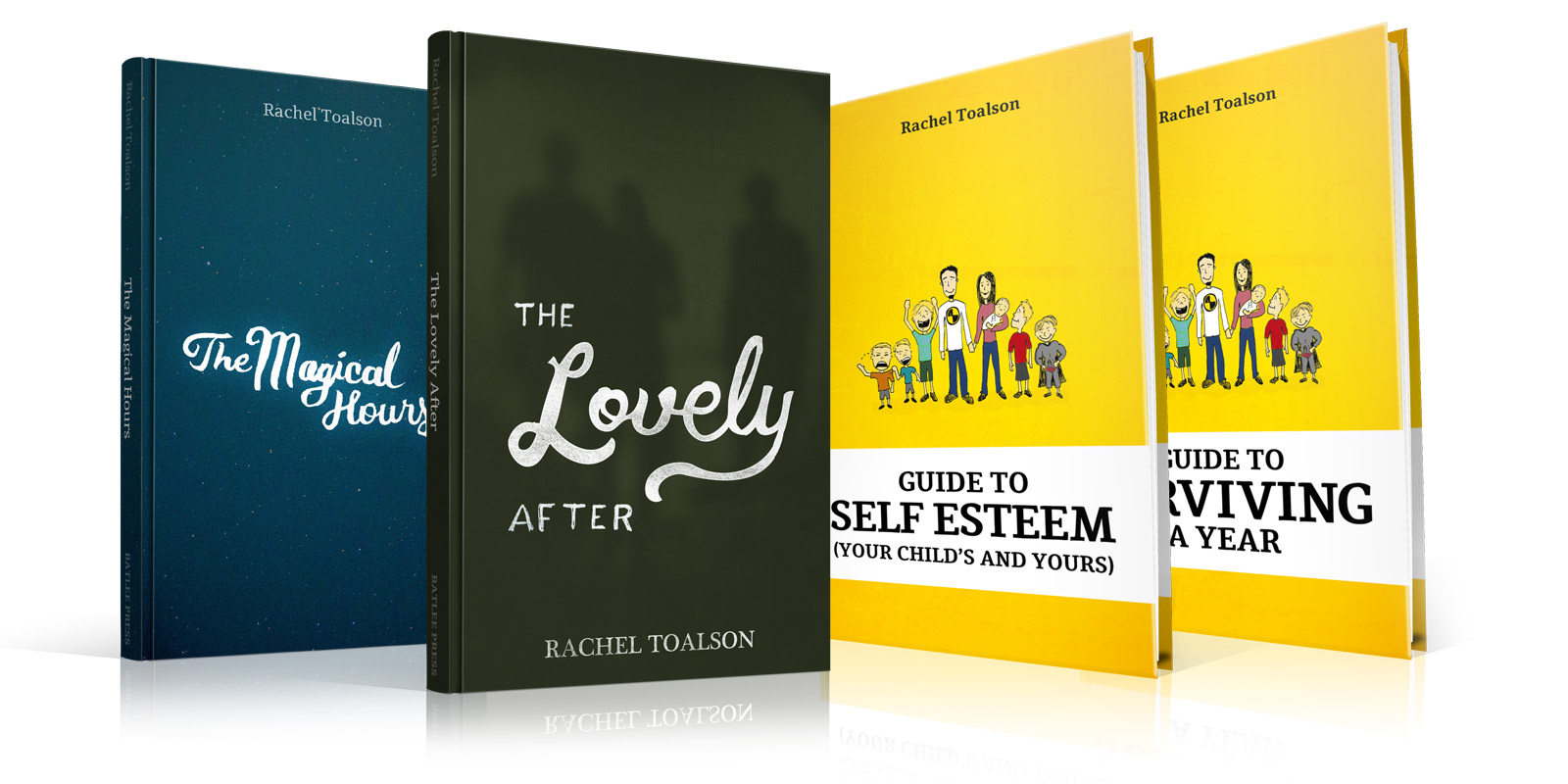Writing the Fiction Series: The Complete Guide for Novels and Novellas, by Karen S. Wiesner, was a book specifically about the techniques and best practices we should use when creating a fiction series. Trilogies, quartets and series aren’t really books that you can just begin and see where the story goes, because there are important methods to use when bouncing from book one to book two or book twelve to book thirteen.
Wiesner takes her readers through all the elements that keep readers reading an entire series. She outlines different kinds of series ties you can have, like characters or groups of characters, location or setting, or plot. She highlights the importance of at least having a bare bones structure in place for what the entire series will look like before you even release the first book in the series. Since I now have the first books of a series under my belt, I completely agree with that advice. Having a plan, at least a vestige of one, is better than making it up as you go when you’re writing a fiction series. Otherwise, you’ll have a whole lot of open loops and things that don’t really matter, and that just gets annoying for readers.
Wiesner also takes her readers through the series arc as well as the individual story arcs for each book in a series and talks about the plants, which are, essentially, mysteries, that series authors use to keep readers engaged and reading.
Chapters detailed things like story arcs versus series arcs, stand-alones versus cliff-hangers, single genre versus multiple genres, novel series versus novella series, and probably the most crucial chapter: organization of a series.
At the end of the book, Wiesner talks a little bit about marketing a series and the importance of creating a brand with your series name, which is something I’ve been thinking a whole lot about lately.
What were probably the most valuable features of the book were the series brainstorm worksheets, which you could replicate, and the very end of the book, where Wiesner includes some appendices that detail the story arcs and series arcs of several different series in several different genres. I found it helpful to look at an actual book as an example. Some of them I hadn’t read yet, but Wiesner’s breakdown of them was still incredibly helpful.
I’ll definitely be using Wiesner’s tips to continue planning for the rest of my Fairendale series and also for the many other series I have in the works right now. I found this book highly valuable to me, and I hope it is for you, too.
*The above is an affiliate link. I only recommend books I find valuable myself. I don’t even actually talk about the books I don’t find valuable, because I try to forget I wasted time on them.


